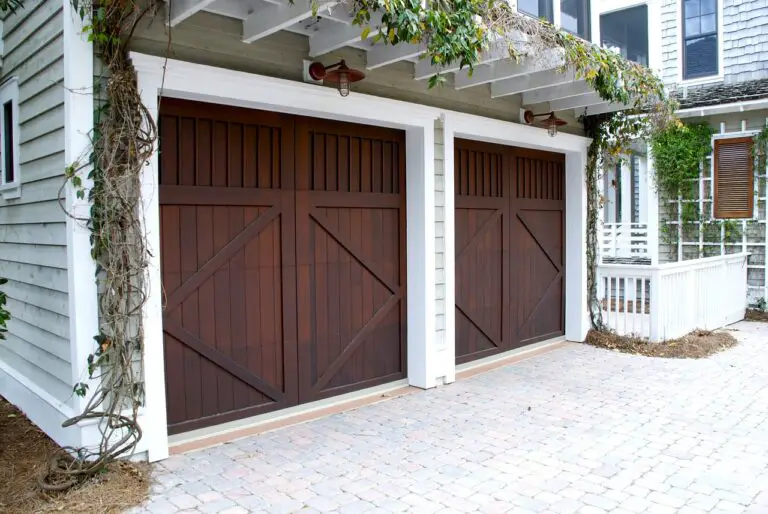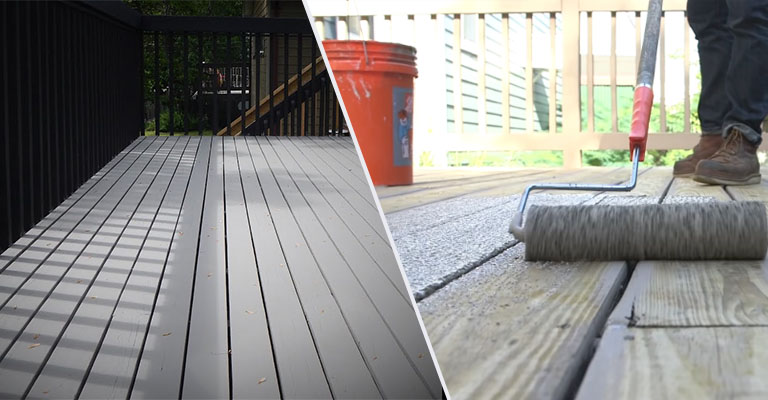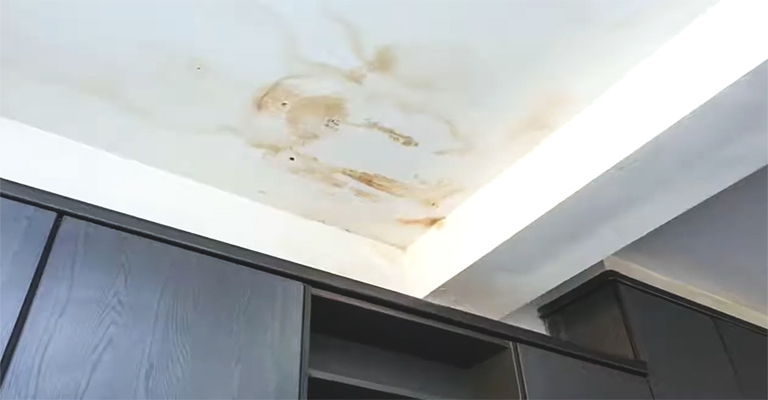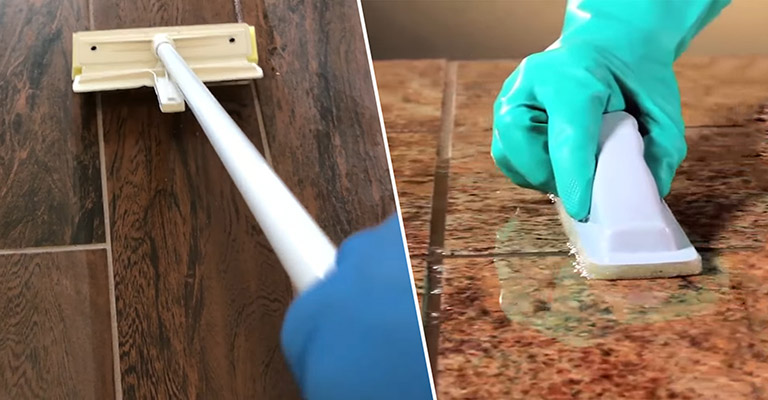Pickling Wood: Bring out the Best in Your Timber
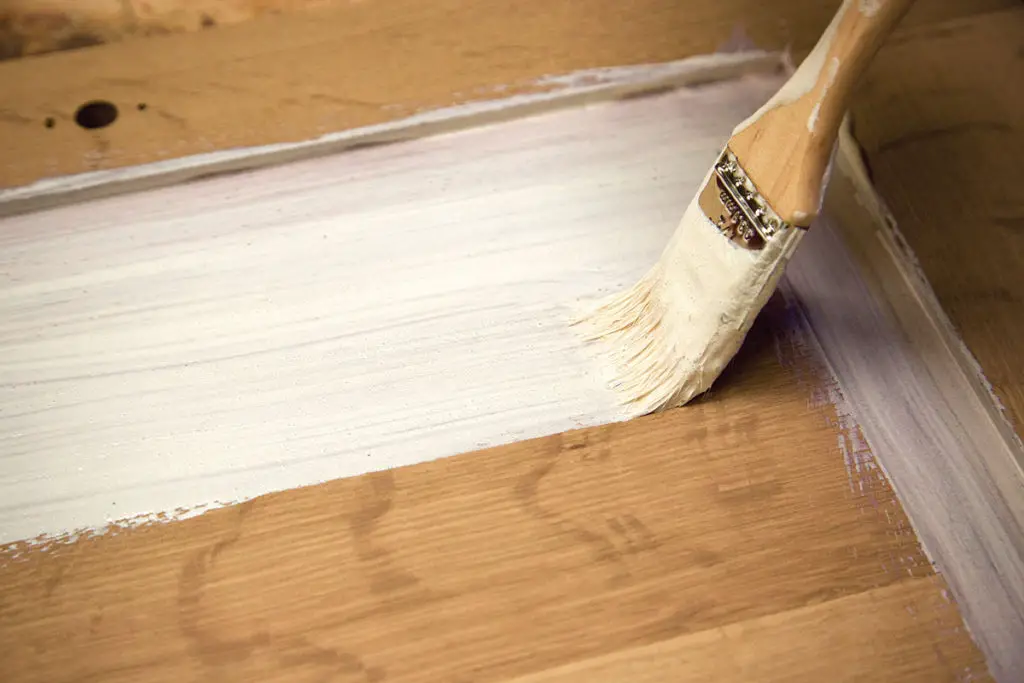
Wood pickling, a time-honored technique, has recently seen a surge in popularity among homeowners and DIY enthusiasts. Not only does this method transform the appearance of wood to bring out its innate beauty, but it also provides an antique, weathered look that’s all the rage in contemporary interior design.
If you’re seeking an in-depth understanding of wood pickling or you’re considering giving this method a shot, you’re in the right place. Here, we delve deep into the art and science of pickling wood.
What is Wood Pickling?
Pickling wood, often referred to as “white washing”, is a finishing technique that lightens the wood’s natural color and enhances its grain. Using a diluted white paint or primer, the wood’s surface is partially painted, allowing its unique textures and patterns to shine through. The result? A soft, muted appearance that evokes an elegant, rustic charm.
Why Opt for Pickling Wood?
Aesthetic Appeal
The pickled finish provides a unique and beautiful contrast that highlights the wood’s grain and texture, making it perfect for creating statement pieces or accent walls.
Versatility
Suitable for various wooden surfaces, from floors to furniture, pickling offers flexibility in design options.
Protection
Beyond aesthetics, the pickling process can also add a protective layer, safeguarding the wood from stains and potential damage.
Steps to Pickling Wood
1. Preparation
As with most wood projects, preparation is crucial. Start by sanding the wood surface to ensure it’s smooth. For best results, use a fine-grit sandpaper.
2. Cleaning
Once sanded, it’s essential to remove all the dust. A tack cloth or a slightly damp rag works best. Ensure the wood is entirely dry before proceeding.
3. Choose the Right Solution
While there are commercial pickling solutions available, many prefer a DIY approach using a mixture of white latex paint and water. Typically, a 1:1 ratio will suffice, but adjust according to the desired opacity.
4. Application
Using a paintbrush, apply the pickling solution in the direction of the wood grain. Let it sit for a few minutes, then wipe off the excess with a clean cloth. This step may need repeating, depending on the wood type and the desired effect.
5. Sealing
To ensure longevity and protect the pickled finish, it’s crucial to seal the wood using a clear protective finish like polyurethane.
Tips for Effective Pickling
Test First
Before diving into the full project, test your pickling solution on a small, inconspicuous area. This helps ensure the finish aligns with your expectations.
Brush Matters
Opt for natural bristle brushes for a smooth application.
Consistency
Stir your pickling mixture consistently to prevent settling.
Lighter Woods Work Best
Woods like pine, oak, and ash tend to produce better pickling results due to their prominent grain.
Common Misconceptions about Pickling Wood
While pickling has been around for a long time, several misconceptions surround the process. Here, we address some of the common myths to help you make informed decisions.
Pickling Equals Distressing
While both techniques give wood an aged appearance, they are not the same. Distressing involves physically damaging the wood to create an old and worn-out look, while pickling lightens the wood’s color while preserving its natural characteristics.
Any Paint Will Do
Not all paints are created equal. For pickling, a water-based latex paint is typically recommended. Oil-based paints can be harder to manage and may not provide the desired translucent finish.
Pickling Damages Wood
When done correctly, pickling doesn’t harm the wood. Instead, it adds a protective layer, reducing susceptibility to environmental factors and potential stains.
Maintaining Pickled Wood Surfaces
To ensure that your pickled wood retains its beauty, some maintenance tips can come in handy:
Regular Dusting
Using a soft, dry cloth, wipe the surface to remove dust and grime. This will help maintain the wood’s fresh look.
Avoid Harsh Chemicals
When cleaning, steer clear of abrasive or harsh chemical cleaners. Instead, opt for a mild, pH-balanced soap mixed with water.
Reapply Sealant
Depending on the wear and tear, you might need to reapply a clear protective finish every couple of years to keep the wood in optimal condition.
Incorporating Pickled Wood into Home Design
Pickling, with its subtle, vintage appearance, can be an excellent addition to various design aesthetics:
Scandinavian Interiors
The muted and natural look of pickled wood aligns perfectly with the minimalistic and nature-inspired Scandinavian decor.
Farmhouse Chic
For a homey and rustic vibe, pickled wood pieces can complement other farmhouse elements, adding depth and texture.
Modern Coastal
The weathered finish that pickling offers can resonate with a beachy, coastal interior, giving the ambiance of driftwood.
Wrap Up
Pickling stain has become an indispensable tool for those aiming to achieve a fresh, vintage look. The process to pickle wood may seem intricate at first, but with a lined paint cup to manage excess stain and a bit of patience, the pickled wood finish can be achieved effortlessly. Ensure you cover the entire surface uniformly, and for the best results, always start with a medium grit sandpaper to prep the natural wood.
Using a white latex primer sealer is a favored technique by many, giving the wood an evenly coat while letting its natural grain peek through. Once applied, always wipe down with a dry rag, and for added depth, lightly sand with a fine grit before applying another layer. Interestingly, while modern techniques have streamlined the process, the origins of pickling trace back to times when wood was treated with caustic lime to preserve it.
To seal in the beauty and protect against wear and tear, a polyurethane clear coat should be the final step, ensuring the charm and allure of your handiwork remains intact for years to come. So the next time you gaze upon a piece of wood, envision its potential and consider the transformative power of pickling to revive and rejuvenate it.


